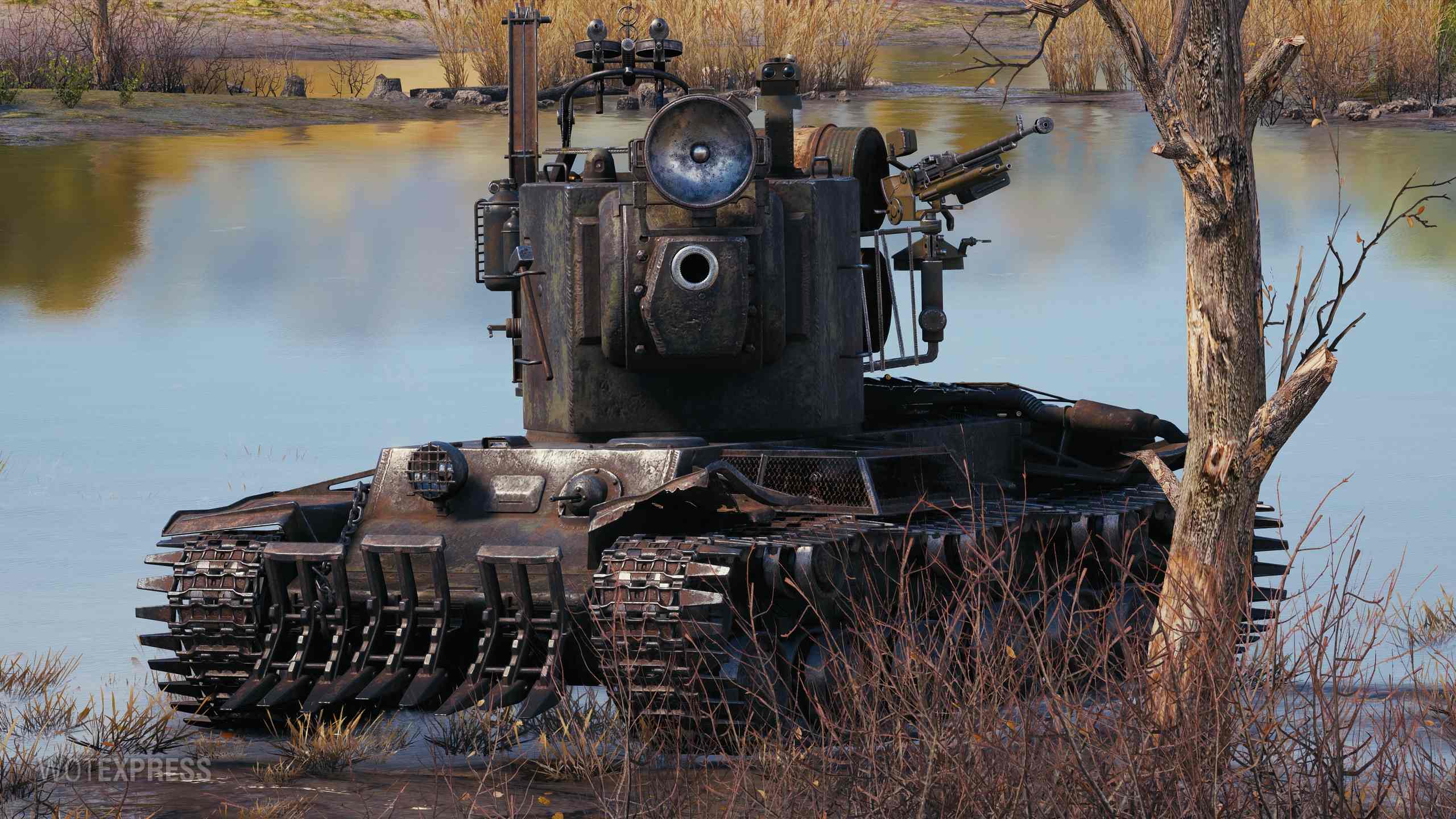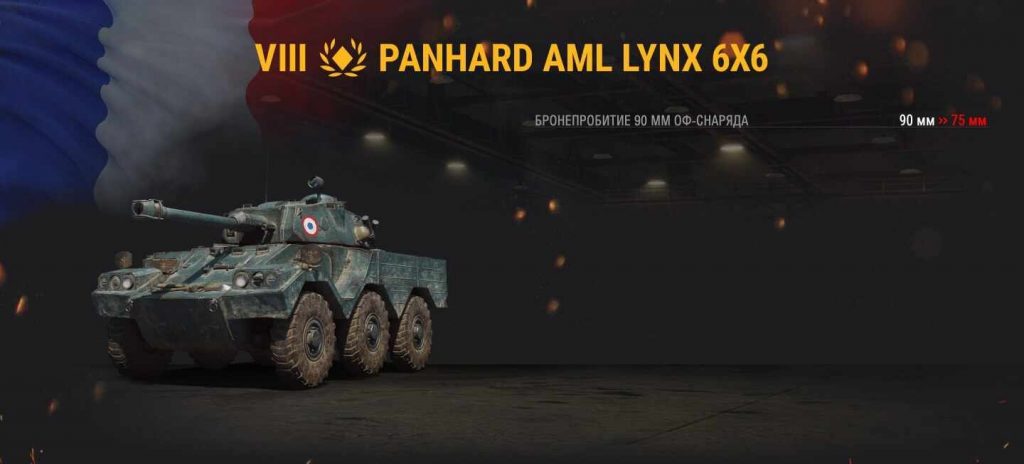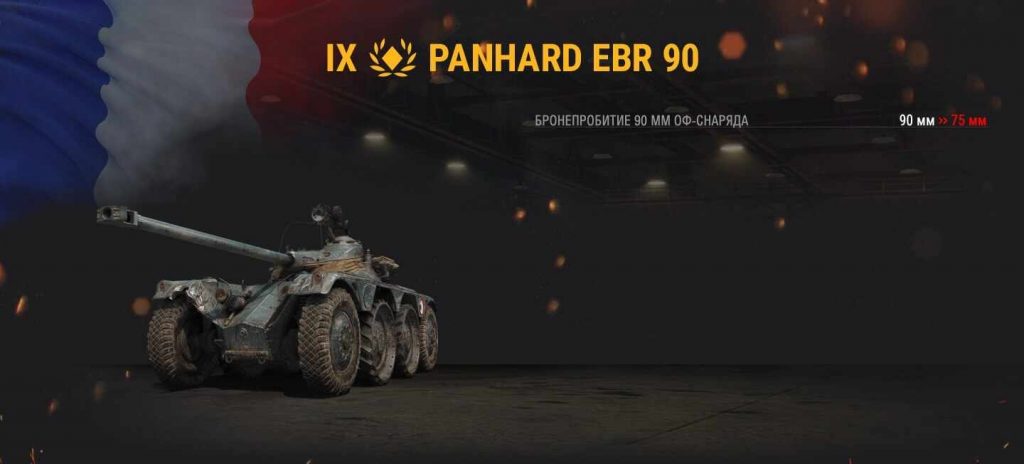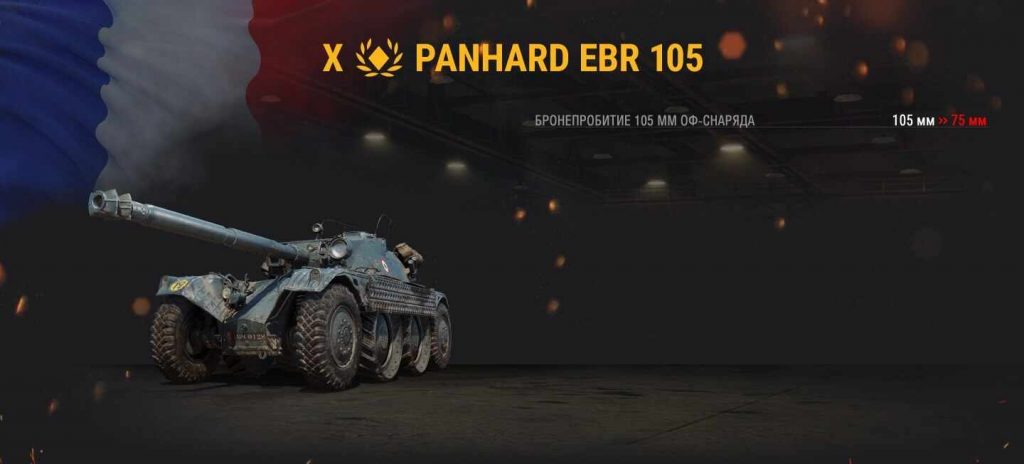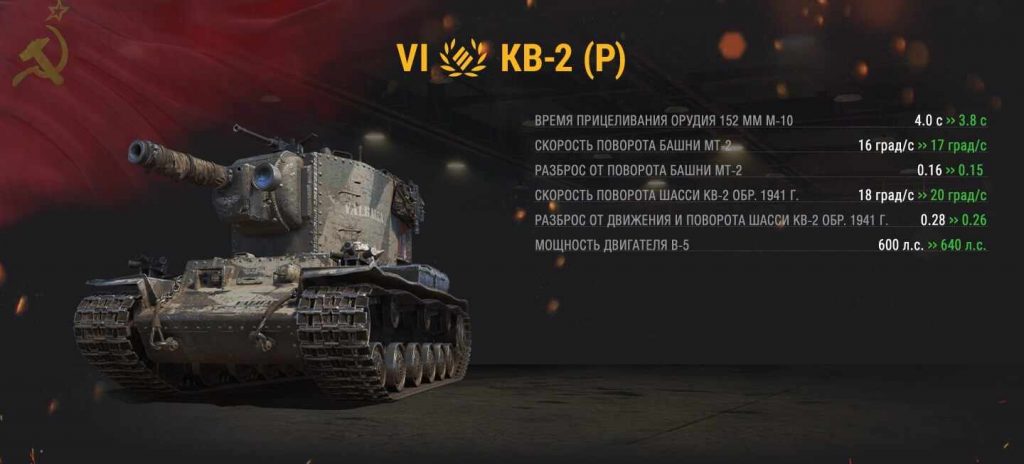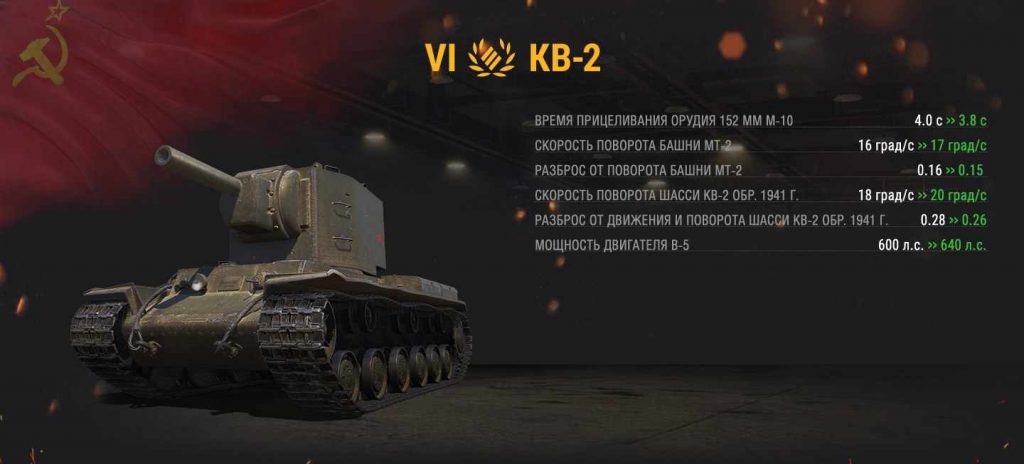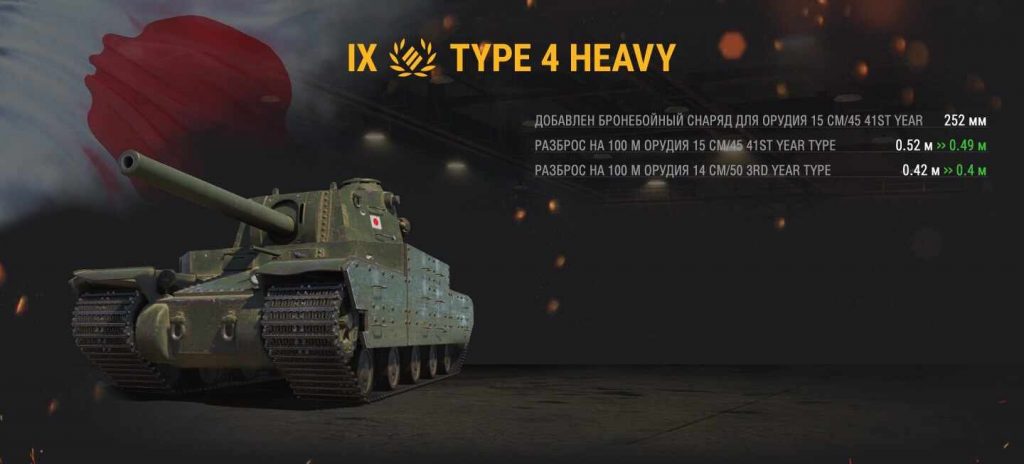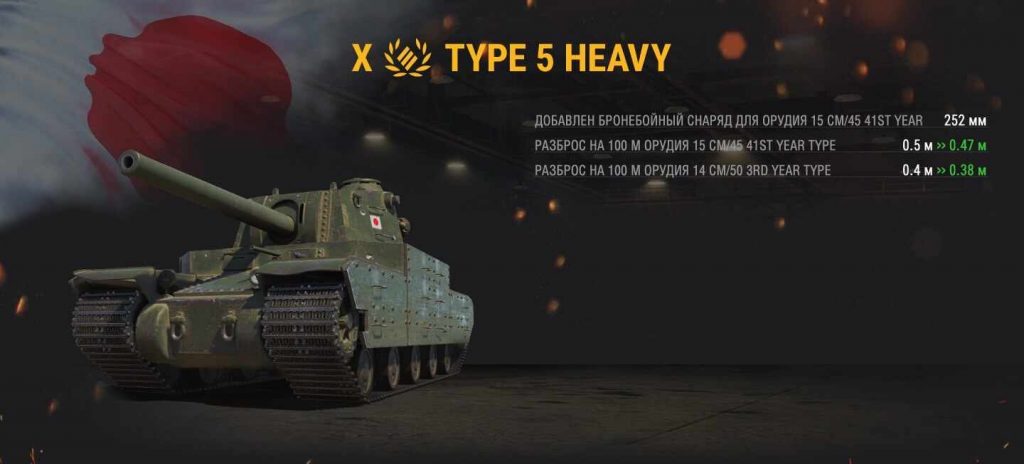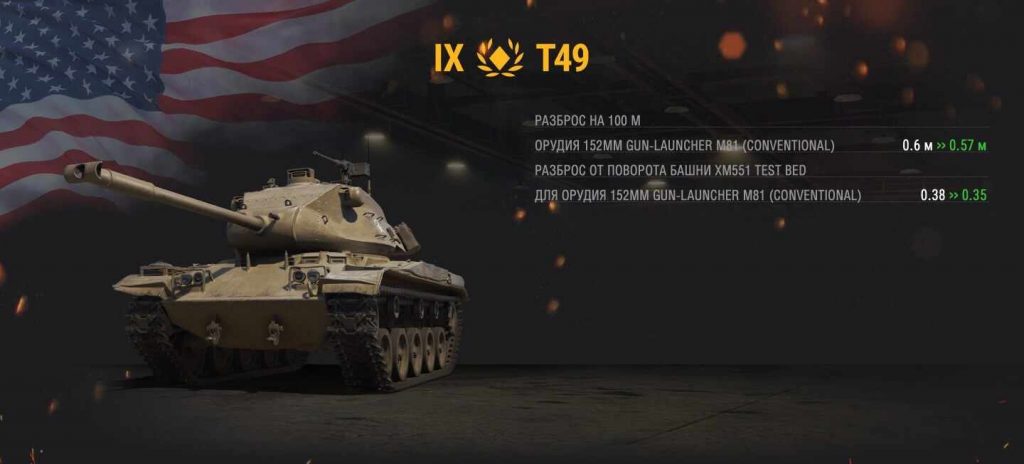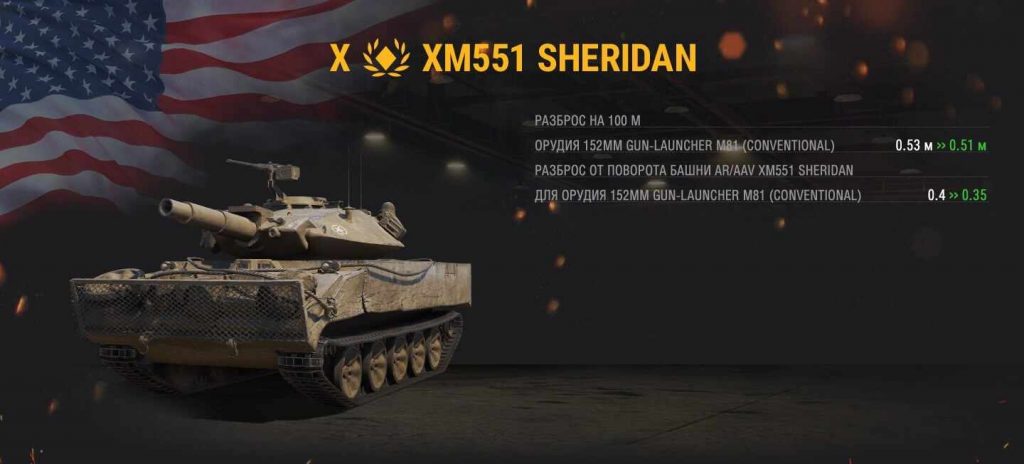“Sandbox”. Supertest of HE shells and artillery.
[Update 1.13] The positive results of the joint test of HE shells and artillery on the Sandbox server, as well as favorable feedback from players and the results of surveys, set us a direction for further work.
The next step towards the release will be closed testing of a number of vehicles with high-explosive gameplay and individual self-propelled guns.
What tanks will go to the supertest?
Today, May 18, a supertest of 9 tanks will begin: Type 5 Heavy, Type 4 Heavy, XM551 Sheridan, T49, KV-2 / KV-2 (R), as well as Panhard EBR 105, Panhard EBR 90 and Panhard AML Lynx 6×6. In addition, devs will check the changes in the one-time damage of armor-piercing shells for all SPGs, as well as pinpoint edits for individual vehicles.
* All performance comparisons are made with the last sand iteration.
M551 Sheridan and T49
The high-tier American light tanks XM551 Sheridan and T49 are distinguished by huge one-time damage for their class and a very low probability of hitting the target. In their case, the player chooses the direction of flight of the 152 mm projectile rather than where it hits.
The probability of hitting a target can be increased either by prolonged preparation with full attention and waiting for the right moment in an ambush, or by a breakthrough and a sharp reduction in the distance – so much so that rivets on the armor of an enemy tank can be seen.
The proposed changes will help – albeit slightly – improve your chances of hitting. This should be enough to take advantage of the new mechanics of inflicting damage with landmines, either through patience, preparation, or at the expense of audacity and courage – well, luck in both cases will be needed too.
The proposed changes, after being checked on the supertest and the corresponding tweaks, will most likely be added to the first general test of version 1.13, where everyone can try them out.
Type 5 Heavy and Type 4 Heavy
Steel Japanese samurai Type 5 Heavy and Type 4 Heavy stand out for their solidity, slowness, and inevitability. The effectiveness of these vehicles in battle has been increased by adding an AP round for the 150 mm gun. Now, these tanks will be more comfortable to fight at close range.
The accuracy of the gun will also be adjusted, this will increase the likelihood of hitting vulnerable projections of enemy equipment with armor-piercing and high-explosive shells. This will work especially effectively against low vehicles – a shot at the roof of a tower or hull will cause significant damage.
KV-2 and KV-2 (R).
The Soviet steel giant and its version for the Imperial Guard are capable of a lot, and their gameplay is simple and straightforward.
In the discussion of each of the “Sandboxes” associated with HE shells, a wave of reviews about the KV-2 and KV-2 (R) ran like a red thread.
These vehicles are popular and dear to the heart of every tanker. Statistics showed that there were no significant changes in their effectiveness. The difference in damage values in the first testing of land mines with the main server was less than 6%. On the second test, this difference was almost halved – to 3%.
EBR 105, EBR 90, and AML Lynx 6×6.
Of all the vehicles on the test, it was wheeled vehicles that showed the greatest changes in the efficiency of HE shells in the new system due to a number of factors – the accuracy and stabilization of the guns, the speed, and maneuverability of the vehicles themselves.
These changes have led to an excessive increase in the combat effectiveness of HE shells on wheeled vehicles and require adjustment. As part of the supertest, the SPG will have two directions of changes: 1. Increased damage for armor-piercing shells.
In order to prevent an increase in the efficiency of wheeled vehicles, the armor penetration of high-explosive shells regular vehicles will be reduced to 75 millimeters, and this should become the standard for the entire branch.
Artillery. The collected statistics showed that for individual vehicles, most often for heavy self-propelled guns with large-caliber guns, the result of hitting and causing damage did not match the effort expended. After all, catching the right moment and sending an armor-piercing projectile exactly to the target is really difficult when you fire from a T92 or GW E 100 gun.
efforts should bring an appropriate result. Therefore, as part of testing, the one-time damage of armor-piercing shells for a number of self-propelled guns will be increased in order to bring their effectiveness when firing this type of ammunition in line with other vehicles of its class.
2. Correction of damage for armor-piercing and alternative projectiles
But there will also be SPGs that will receive a slight reduction in damage for AP and alternative shells, as an adjustment to their effectiveness.
These are point edits, which are designed to adjust the efficiency of the technique at the proper level. The changes are really small. For example, the damage of 155 alternative and armor-piercing shells from the American SPG branch ( M12, M40 / 43 and M53 / 55) will be reduced by 50 and 30 units, respectively.
What about the other machines?
In World of Tanks, in addition to the modified ones, there are a number of tanks that some players may consider as vehicles with high-explosive gameplay. In particular, there are certain types of Sherman tanks, Polish BUGI, and others.
Analysis of the data collected during the tests on the Sandbox server and on the main server showed that these machines do not need to be edited. There are various reasons for this: either the total efficiency of this vehicle has not changed significantly, or the share of high-explosive damage is too small in the total damage caused by a particular vehicle.
In any case, such a complex change in game mechanics, affecting almost all components of the game, requires close study. As during the supertests of individual cars, so during the general test of the version, and even more so after its release.
Devs will carefully study the impact of the changes on any existing vehicles in the game and make changes if necessary. And, if necessary, make changes after confirming their need. Therefore, we are waiting for your feedback both on the results of the general test and after the release of the version.
source – wotexpress
“Sandbox”. Supertest di proiettili HE e artiglieria.
[Aggiornamento 1.13] I risultati positivi del test congiunto di proiettili HE e artiglieria sul server Sandbox, nonché il feedback favorevole dei giocatori e i risultati dei sondaggi, ci hanno indicato una direzione per ulteriori lavori.
Il prossimo passo verso il rilascio sarà il collaudo a porte chiuse di una serie di veicoli con un gameplay esplosivo e pistole semoventi individuali.
Quali carri armati andranno al supertest?
Oggi, 18 maggio, inizierà un supertest di 9 carri armati: Type 5 Heavy, Type 4 Heavy, XM551 Sheridan, T49, KV-2 / KV-2 (R), così come Panhard EBR 105, Panhard EBR 90 e Panhard AML Lynx 6×6. Inoltre, gli sviluppatori verificheranno le modifiche ai danni una tantum dei proiettili perforanti per tutti gli SPG, nonché le modifiche precise per i singoli veicoli.
* Tutti i confronti delle prestazioni vengono effettuati con l’ultima iterazione sand.
M551 Sheridan e T49
I carri leggeri americani di alto livello XM551 Sheridan e T49 si distinguono per enormi danni una tantum per la loro classe e una probabilità molto bassa di colpire il bersaglio. Nel loro caso, il giocatore sceglie la direzione di volo del proiettile da 152 mm piuttosto che il punto in cui colpisce.
La probabilità di colpire un bersaglio può essere aumentata sia da una preparazione prolungata con la massima attenzione e dall’attesa del momento giusto in un’imboscata, sia da uno sfondamento e una brusca riduzione della distanza, tanto che rivetti l’armatura di si può vedere un carro armato nemico.
Le modifiche proposte aiuteranno, anche se leggermente, a migliorare le tue possibilità di colpire. Questo dovrebbe essere sufficiente per sfruttare la nuova meccanica di infliggere danni con le mine, sia attraverso la pazienza, la preparazione, o a scapito dell’audacia e coraggio, beh, in entrambi i casi servirà anche fortuna.
Le modifiche proposte, dopo essere state verificate sul supertest e le modifiche corrispondenti, molto probabilmente verranno aggiunte al primo test generale della versione 1.13, dove tutti possono provarle.
Tipo 5 pesante e tipo 4 pesante
I samurai giapponesi in acciaio Type 5 Heavy e Type 4 Heavy si distinguono per solidità, lentezza e inevitabilità. L’efficacia di questi veicoli in battaglia è stata aumentata aggiungendo un proiettile AP per il cannone da 150 mm. Ora questi carri armati saranno più a loro agio per combattere a distanza ravvicinata.
Anche la precisione del cannone verrà regolata, aumentando così la probabilità di colpire le proiezioni vulnerabili dell’equipaggiamento nemico con proiettili perforanti e ad alto potenziale esplosivo. Funzionerà in modo particolarmente efficace contro i veicoli bassi: un colpo al il tetto di una torre o di uno scafo causerà danni significativi.
KV-2 e KV-2 (R).
Il gigante d’acciaio sovietico e la sua versione per la Guardia Imperiale sono capaci di molto e il loro gameplay è semplice e diretto.
Nella discussione di ciascuna delle “sandbox” associate alle shell HE, un’ondata di recensioni su KV-2 e KV-2 (R) si è svolta come un filo rosso.
Questi veicoli sono popolari e cari al cuore di ogni petroliera. Le statistiche hanno mostrato che non ci sono stati cambiamenti significativi nella loro efficacia. La differenza nei valori di danno nel primo test delle mine terrestri con il server principale era inferiore al 6%. Nel secondo test, questa differenza è stata quasi dimezzata, al 3%.
EBR 105, EBR 90 e AML Lynx 6×6.
Di tutti i veicoli del test, sono stati i veicoli su ruote a mostrare i maggiori cambiamenti nell’efficienza dei proiettili HE nel nuovo sistema a causa di una serie di fattori: la precisione e la stabilizzazione dei cannoni, la velocità e la manovrabilità dei veicoli stessi.
Questi cambiamenti hanno portato a un aumento eccessivo dell’efficacia in combattimento degli HE sui veicoli a ruote e richiedono aggiustamenti. Nell’ambito del supertest, l’SPG avrà due direzioni di cambiamento:
1. Aumentato il danno per i proiettili perforanti.
Al fine di prevenire un aumento dell’efficienza di veicoli a ruote, la penetrazione dell’armatura dei proiettili ad alto potenziale esplosivo nei veicoli pompati sarà ridotta a 75 millimetri e questo dovrebbe diventare lo standard per l’intero ramo.
Artiglieria. Le statistiche raccolte hanno mostrato che per i singoli veicoli, il più delle volte per i cannoni semoventi pesanti con pistole di grosso calibro, il risultato di colpire e causare danni non corrispondeva allo sforzo speso. Dopotutto, cogliere il momento giusto e inviare un proiettile perforante esattamente al bersaglio è davvero difficile quando spari da una pistola T92 o GW E 100.
gli sforzi dovrebbero portare a un risultato appropriato. Pertanto, come parte dei test, il danno una tantum dei proiettili perforanti per un certo numero di cannoni semoventi sarà aumentato per aumentare la loro efficacia quando si spara di questo tipo di munizioni in linea con gli altri veicoli della sua categoria.
2. Correzione del danno per proiettili perforanti e alternativi
Ma ci saranno anche SPG che riceveranno una leggera riduzione del danno per AP e proiettili alternativi, come aggiustamento alla loro efficacia.
Si tratta di modifiche puntuali, progettate per regolare l’efficienza della tecnica al livello appropriato. I cambiamenti sono davvero piccoli. Ad esempio, il danno di 155 proiettili alternativi e perforanti del ramo SPG americano (M12, M40 / 43 e M53 / 55) sarà ridotto rispettivamente di 50 e 30 unità.
E le altre macchine?
In World of Tanks, oltre a quelli modificati, ci sono una serie di carri armati che alcuni giocatori potrebbero considerare come veicoli con un gameplay ad alto esplosivo. In particolare, ci sono alcuni tipi di carri armati Sherman, BUGI polacchi e altri.
L’analisi dei dati raccolti durante i test sul server Sandbox e sul server principale ha mostrato che queste macchine non hanno bisogno di essere modificate. Ci sono vari motivi per questo: o l’efficienza totale di questo veicolo non è cambiata in modo significativo o la quota di danni da esplosivo elevato è troppo piccola nel danno totale causato da un particolare veicolo.
In ogni caso, un cambiamento così complesso nelle meccaniche di gioco, che interessa quasi tutte le componenti del gioco, richiede uno studio approfondito. & nbsp; Come durante i supertest delle singole auto, così durante il test generale della versione, e ancor di più dopo il suo rilascio.
Gli sviluppatori studieranno attentamente l’impatto delle modifiche sui veicoli esistenti nel gioco e apporteranno modifiche se necessario. E, se necessario, apportare modifiche dopo aver confermato la loro necessità. Pertanto, stiamo aspettando il tuo feedback sia sui risultati del test generale che dopo il rilascio della versione.
